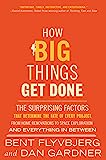 I’ve taught project management for the last six years. I’ve been a project manager in one way or another for over fifty. I’m somewhere better than average but nowhere near the best project managers I’ve known and worked with.
I’ve taught project management for the last six years. I’ve been a project manager in one way or another for over fifty. I’m somewhere better than average but nowhere near the best project managers I’ve known and worked with.
If I were to teach the subject again, How Big Things Get Done would be required reading. Very little of it is about the tools and techniques that occupy the standard texts. Looking instead at success and failures in well-known, large-scale projects, Flyvbjerg and Gardner provide insight into how to navigate the organizational and political contexts that surround any effort to create something new and consequential.
While it can be more fun to read about the failures, the deeper lessons fall out of understanding how the successes happened. The lessons aren’t hugely surprising;
- Time invested in planning is a lot cheaper and more effective than rushing into doing.
- Going with a proven team eliminates many risks and sets you up to handle the risks you can’t dodge.
- Iteration is your friend. Never depend on getting it right the first time.
The hardest part of their approach is the search for modularity; to find the basic building block that you can organize the effort and the plan around. Their closing chapter is titled “What’s Your Lego?â€. Here’s their closing bit of advice:
Get a small thing, a basic building block. Combine it with another and another until you have what you need. That’s how a single solar cell becomes a solar panel, which becomes a solar array, which becomes a massive megawatt-churning solar farm. Modularity delivers faster, cheaper, and better, making it valuable for all project types and sizes. But for building at a truly huge scale—the scale that transforms cities, countries, even the world—modularity is not just valuable, it’s indispensable.
If projects are part of your portfolio, How Big Things Get Done belongs on your reading list.
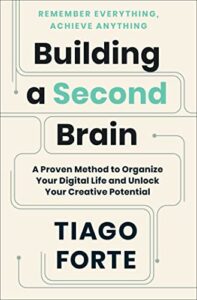 There’s a lot to like about Tiago Forte’s
There’s a lot to like about Tiago Forte’s 
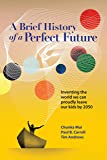
 One of my bad habits is obsessing about my deficiency of good habits. I know that good habits are important because the nuns and monks were relentless in telling me so; decades later their ambivalence about my academic success without suitable discipline still lingers.
One of my bad habits is obsessing about my deficiency of good habits. I know that good habits are important because the nuns and monks were relentless in telling me so; decades later their ambivalence about my academic success without suitable discipline still lingers.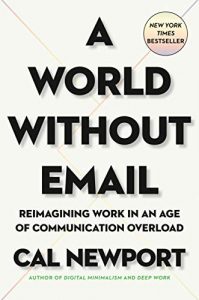 When I was first learning to be a project manager one of the mantras drummed into me was “plan the work, work the plan.” Hidden in this advice was a distinction between planning and doing. Today, we are immersed in doing; managing has been pushed to the margins. “Plan the work, work the plan” has shrunk to “work, work.”
When I was first learning to be a project manager one of the mantras drummed into me was “plan the work, work the plan.” Hidden in this advice was a distinction between planning and doing. Today, we are immersed in doing; managing has been pushed to the margins. “Plan the work, work the plan” has shrunk to “work, work.”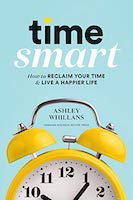 Review:
Review:  Wambach, Abby. 2019.
Wambach, Abby. 2019. 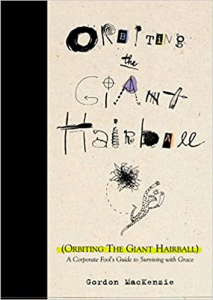 MacKenzie, Gordon. 1997.
MacKenzie, Gordon. 1997. 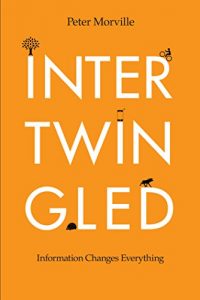 Morville, Peter. 2014.
Morville, Peter. 2014.